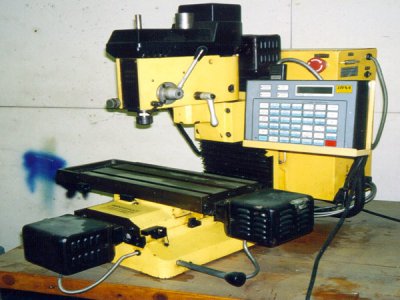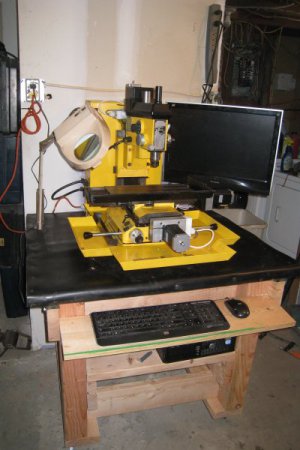I seriously doubt that these Asian machines will be around for 50 years as are their American counterparts. Price should not be the only criteria . Quality, precision and longevity should be major factors. Parts availability is another consideration. Time , effort and money can lead to a machine that will last a lifetime. As one gentleman previously said, you also get to learn more about the inner workings of these machines.
One thing to consider is the market that the machines are targeted for. Most of the old American iron was intended to be used on a daily basis in a professional shop. As such they had to be constructed to maintain their tolerances over many years and millions of cycles. They had to earn their keep and make a profit for the company or in short order they would be replaced by a machine that could.
I recall attending a trade show several years ago and talking to a vendor that made machines for the food processing industry. This vendor caught my eye because his company was building machines to accomplish the same task as those our department was building for our companies proprietary use. The machines didn't look all that substantial so I asked how long they were expected to last in a commercial setting. He seemed rather proud of the machines and boasted they should last up to 10 years with heavy use. He defined "heavy use" as up to 40 hours per week. I thanked him and went on my way. I didn't bother to tell him the machines we had designed and built over 40 years ago were still running, or that they were running an average of between 80 and 100 hours per week, and longer during peak demand times. His machines were designed and built for a much different market than the machines we built. I believe the same is true of the Asian machines marketed to the hobbyists as opposed to the American built machines of the past being marketed to the professionals.
Other things that should be considered are whether are parts available, and is the model you are looking at in the current model line? Factory or vendor support the machinery is important if you are buying because you expect the machine to be covered under some type of warranty. Parts availability is important whether the machine is covered by warranty or not.
Almost all American machines produced since the 1950's still have vendors that support them. Parts are available in hours or days depending on where you live, not weeks, months, or longer. Some time ago I purchased a 1,000 lb. hydraulic table from HF. The ram started leaking about 2 days out of warranty. I tried to get them to cover it but to no avail. I had to order a new ram with an "estimated" delivery time of 3 weeks. Three weeks turned into over three months because that model was no longer being produced and was now considered "obsolete".
The same thing happened with a Asian built appliance. This time after spending months in the shop the company said "because of it's age" (13 months old) the model was deemed obsolete and parts weren't even available. At the same time I found at least 12 mainstream appliance retailers that were currently selling the same model in their stores and online. I mentioned that to the factory rep and asked how they intended to support those sales if parts were no longer available. His answer was that if the units failed under the warranty period they would be replaced by a similar model currently in the model lineup. If they failed outside the warranty period the company would gladly sell them a new model.



